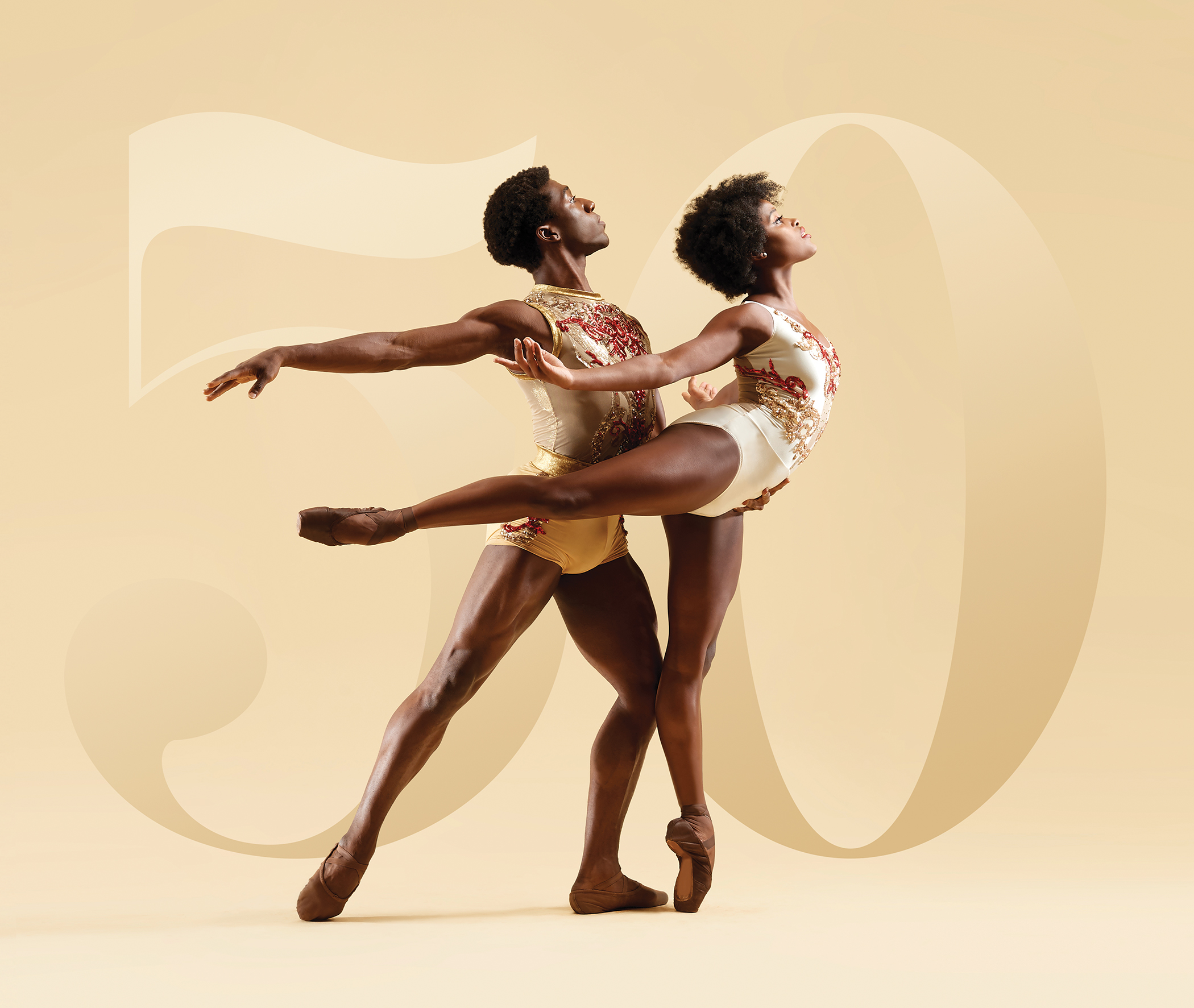By Frances Clause
Dance Theatre of Harlem’s last performance in Youngstown was in 1975, and the professional ballet company was back to perform classical and cutting-edge dances at the DeYor Performing Arts Center on Wednesday evening.
But Youngstown’s connection to the Dance Theatre of Harlem doesn’t end there. Arthur Mitchell, founder of DTH, discovered 16-year-old Stephanie Dabney at Ballet Western Reserve.
Dabney was the first African American ballerina to premiere in the title role of Igor Stravinsky’s “The Firebird” in 1982. From there, this performance became DTH’s signature work for the next two decades.
“As a young dancer, I often felt that success was not possible coming from such a small town like Youngstown, but it was very encouraging to see stories of success such as [Dabney’s],” Dagmar Stahl said.
Stahl is a junior dance management major at Youngstown State University and was a student with Ballet Western Reserve for 11 years. She is now a dance instructor there and said she hopes to inspire her students’ love of dance and art.
Dancers of DTH also hoped to inspire their audience through their performances of Stanton Welch’s “Orange,” Claudia Schreier’s “Passage,” Robert Garland’s “Return” and Christopher Wheeldon’s “This Bitter Earth.”
Ingrid Silva, who is in her seventh season with DTH, said the repertoire for the company’s DeYor performance was very diverse.
“My favorite piece in this performance is ‘Orange,’” she said. “It’s a ballet that has sparked a challenge on me, and I love a good challenge; it has a mix of love, loss and happiness.”
Silva performed in “Orange” and “Return” on DeYor’s stage, and she said being onstage and inspiring others has been one of the best gifts in her life.
“I just strive to be the best as I can and not prove anything but only share. … Share with the audience and invite them to stage so they can experience what art can do,” she said.
Silva believes the life of a dancer has many ups and downs, challenges and injuries that dancers must have the right mindset and confidence in their career to conquer.
“Believe in yourself. It’s really important that you always love what you do,” she said. “Ballet is hard, and it won’t get easy, but it’s important that you trust your journey.”
Another DTH dancer who has trusted his journey is Anthony Santos, who auditioned for the school shortly after graduating from the University of North Carolina School of the Arts in 2017.
“Everyone who graduates at a conservatory, their biggest thing is usually moving to New York, and I already had that [advantage] because I’m from New York,” he said. “I felt really lucky when I got the job, and I felt like it was the perfect time in the perfect place.”
DTH celebrated over 50 years and performed for nearly 60,000 people across the U.S. just last year. Santos said he is honored to be a part of DTH and feels obligated to push himself farther.
“This is the only company in the world where there’s so many different ethnicities in one place,” he said. “Throughout history, black people weren’t supposed to be doing ballet technically. But Arthur Mitchell showed the world differently.”
Santos’ advice for minorities going into dance is to not be afraid to fall and get back up.
“Always work, no matter how high of a level you reach,” he said. “When you feel like you’ve become the best, there’s always something to work on so continue to work.”
